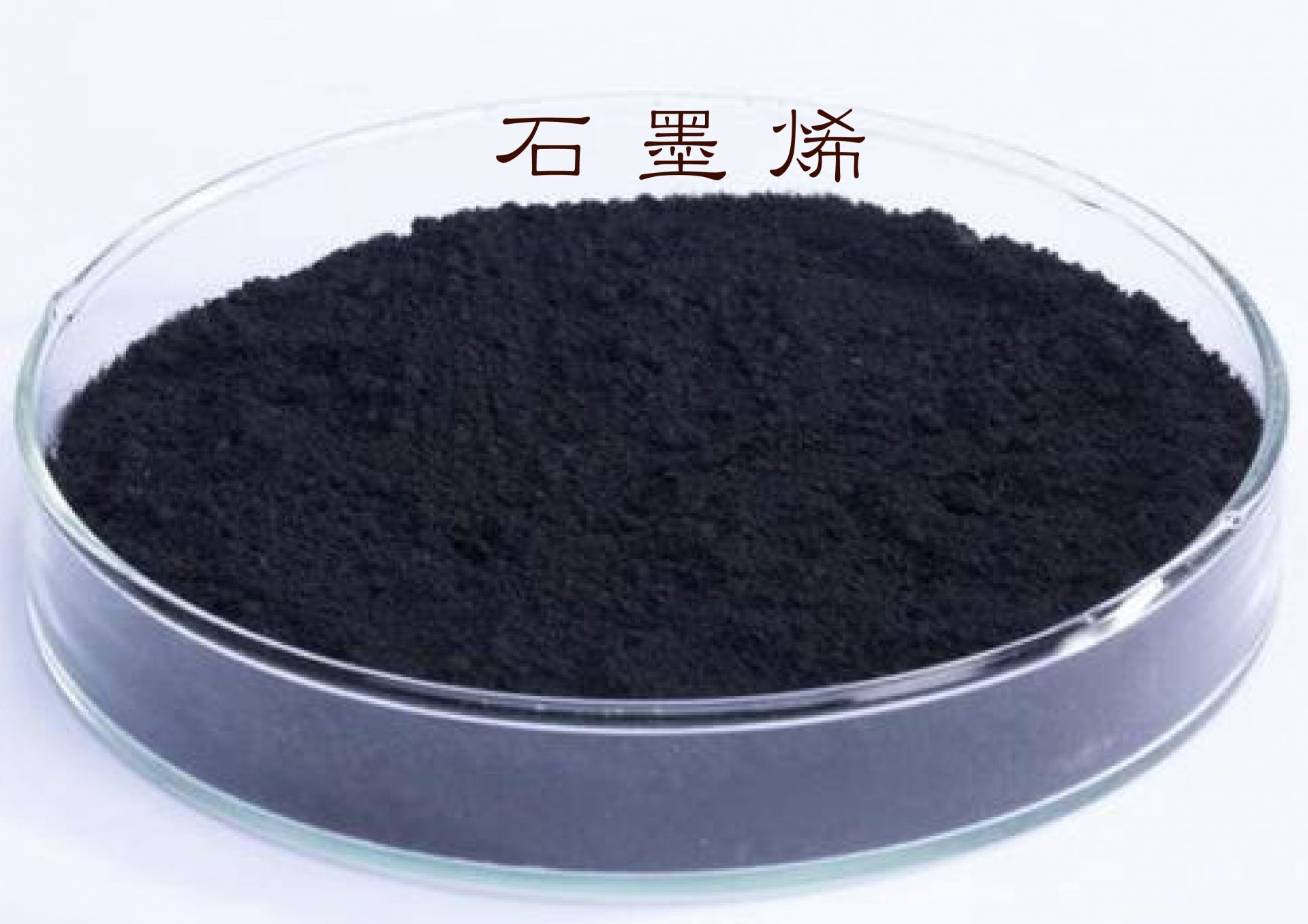Nanfu's latest graphene button battery uses advanced graphene conductive materials to enhance performance and stability. Compared to traditional button batteries, it delivers 20% improved efficiency, significantly reduces current loss, providing longer and safer usage.

Advantages
-
Graphene ultra-conductive materials boost performance by 20%
-
Expanded cell design offers higher capacity and longer lifespan
-
Wide applications: digital locks, car keys, smart devices, etc.
-
Quality guaranteed, safe and stable, meeting international standards

What is Graphene?
Graphene is a single layer of carbon atoms arranged in a two-dimensional honeycomb lattice. It is known as the thinnest, strongest, and most conductive material discovered so far. Despite being only one atom thick, graphene exhibits remarkable mechanical, electrical, and thermal properties that make it a revolutionary material for various industries.
Benefits of Graphene
-
Exceptional Electrical Conductivity
Graphene conducts electricity better than copper, enabling faster electron transport. This makes it ideal for advanced batteries, supercapacitors, and electronic devices.
-
Superior Thermal Conductivity
It efficiently dissipates heat, helping electronic components stay cool and enhancing their lifespan.
-
Incredible Strength and Flexibility
Graphene is about 200 times stronger than steel yet extremely flexible, allowing it to withstand high mechanical stress without breaking.
-
Ultra-Lightweight
Being only one atom thick, graphene adds minimal weight, making it perfect for lightweight, high-performance applications.
-
High Surface Area
Graphene has a large surface area (~2630 m²/g), beneficial for energy storage, sensors, and catalysis.
-
Chemical Stability
It is resistant to chemical attacks and corrosion, increasing durability in harsh environments.
-
Improved Battery Performance
In batteries, graphene enhances charge capacity, reduces internal resistance, and prolongs lifespan, leading to faster charging and longer use.
-
Environmental Benefits
Graphene-based materials can improve energy efficiency, reduce waste, and enable cleaner technologies.



